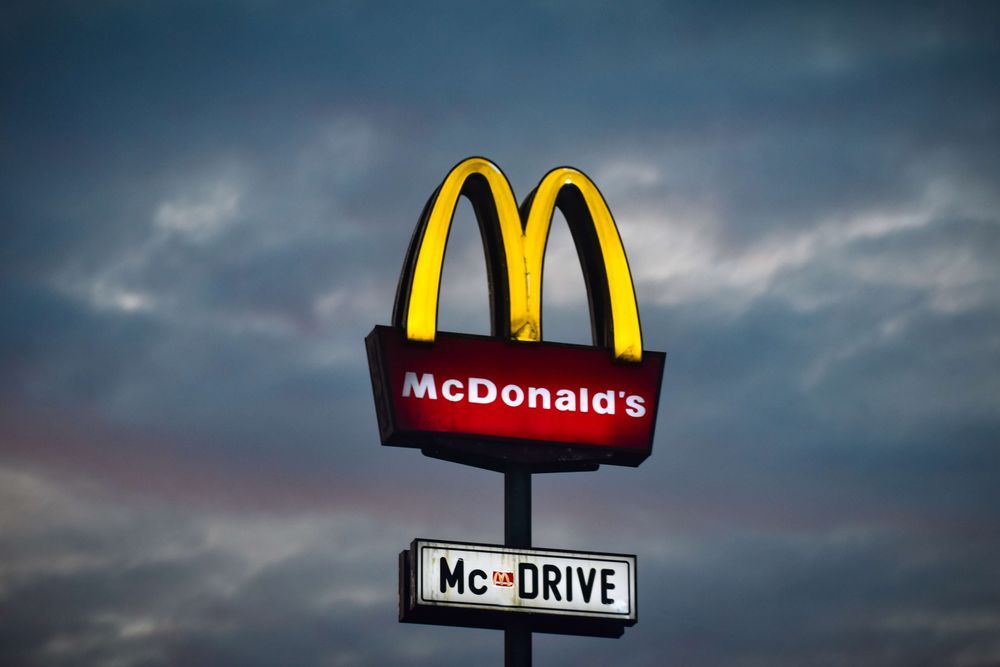Market segmentation is the process of defining and grouping consumers into subsets based on attributes like need, want, and motivation, it helps you make more actionable and informed decisions about who to reach with the right content at the right time.
If you’re familiar with market segmentation already, you’ll be aware that it comes in 4 formats:
Let us break it down for you:
- Demographic
- Behavioral
- Psychographic
- Geographic
Each market segment will have its own defining characteristics and needs, so the type of market segmentation you choose heavily depends on what it is you're trying to sell. For instance, the function of the product, the brand personality, and how you communicate with your target audience should all be influenced by your market segmentation.
What is geographic segmentation?
Geographic segmentation divides a target market by location, and by working out where your potential customers live you can increase your sales and streamline your marketing efforts.
For example, if you were a company that sold umbrellas, you’d have a much better chance at marketing them in London than say, Dubai where it rains 25 days a year on average.
This is the kind of information geographic segmentation covers, cold, hard facts. You’d be surprised by how much of an impact location can have on how a product is marketed. Let’s check out the 5 key areas that can really help you market your product successfully.
Types of geographic segmentation
Location
Location means more than just a prospect’s country, it means world regions, states, counties, cities, and even neighborhoods.
Segmenting by location works wonders for smaller businesses who can focus their marketing efforts on specific areas of interest without having to shell out megabucks. Similarly, it works for larger businesses looking to target international markets by finding out what makes them tick.

Urbanicity
Urbanicity looks at whether prospects live in urban, suburban, exurban, or rural areas. Urban means cities, while the suburbs are defined as the area just outside of the city. Exurbs are usually outside of the suburbs, closer to rural areas without actually being rural, while rural refers to areas in the countryside. An example of this kind of segmentation in practice could be grocery delivery services, it’s less likely city dwellers would require a grocery delivery with stores on every corner, while more rural customers could benefit from these services with larger, chain supermarkets out of reach.

Climate
Climate is a really important factor for businesses to take into consideration. Products manufactured for different climates are likely to be really different from each other.
There are five climate groups with each having their own subgroups, let’s take a look below.
- Tropical
- Dry
- Mild
- Continental
- Polar
A tropical climate has 3 subsets: wet, monsoon, and wet and dry. An umbrella manufacturer’s dream market.
Mild or temperate climates is your more typical Mediterranean climate where the summers are hot and the winters are cold. Seasonal weather is much more predictable and so, slightly easier to market to.
Polar climates are another extreme and mainly cover areas surrounding the Arctic Ocean, Greenland, and Antarctica. The predictability of this climate makes it an easy market for brands selling outdoor wear and hefty coats, brands that market bikinis, however, will struggle.
So, as you can see, climate can be an important factor when using Geographic segmentation.
Culture
Culture plays a huge part in geographic segmentation. It’s not just defined by where you live, it’s influenced by religion, environment, communication, and social norms. Culture shapes our morals, our ideals, and our identities. It’s a huge factor in the music we choose to listen to, the movies we watch, and the food we eat. You wouldn’t target vegans if you were marketing a meat product, would you?
Language
Language affects labeling, communication, and promotional material. If you're selling to a global market it’s important to make sure the translation is correct and doesn’t mean something else.
Examples of geographic segmentation
Seasonal products
We briefly covered this above, but let’s really hammer it home. Seasonal products like warm, heavy coats or bikinis are mainly marketed to geographic segments. For a company like The North Face, marketing to a colder climate guarantees more sales year-round than trying to sell puffer jackets to warmer parts of the world like Australia. In places, with more distinct seasons these coats would be promoted heavily for a few months around fall-winter, and cooler springtimes.
Adapting to culture
Adapting your product to take into account cultural variations and sensitivities is always a smart move. Ever wondered why McDonald’s is so beloved the world over? Because they do this so well. Take McDonald’s in India for example, there’s absolutely no beef or pork in any form at any of their 123 stores. Instead of ground beef patties, a McDonald’s hamburger in India is 100% vegetarian to respect both Hindu and Muslim faiths, the two most prominent religions.

Outsource
If all this sounds time-consuming, that’s because it is. If you're pressed for time you could always outsource to agencies that specialize in helping companies build and execute these kinds of strategies.
So there we have it, geographical segmentation can be the key to gaining a competitive edge for SaaS and physical product marketers looking to expand into new markets, in new locations.
Adapting to language
Adapting services or products by language is another important aspect of geographic segmentation. For example, a bank may provide a Spanish language option in an area with a large Hispanic community or a restaurant in say Venice Italy, will add an English and Russian language option to their menus, as these are the two languages spoken most prominently used by tourists visiting the city.
Advantages of geographic segmentation
Lazer focus
Geographic segmentation is an effective way to improve your focus on your target audience using a geographic customer profile (something we’ll discuss soon) and in turn create razor-sharp marketing strategies to convert local prospects into loyal customers.
Faster market growth
If you’ve already done the work crafting a well thought out marketing strategy using all the information learned through the use of geographical segmentation, it’s super convenient to apply the same strategy to neighboring markets or locations with similar geographical characteristics.
Competitive edge
Geographical segmentation gives you the edge in localized markets by increasing brand recall value and improving customer service, all of which lead to better customer retention rates.
How to build a geographic customer profile
There are a few tools that can help you plan out an effective geographic segmentation strategy, so let’s start with the most important of the bunch.
Research
The best way to understand your target market and their geographic preferences is by surveying them. Here’s four ways you could conduct survey research.
- Ask a random sample of your existing customer base about the things they like and don’t like about your product or service and filter the results by region or city,
- Use conjoint analysis and ask existing customers to rank order product traits and filter the results by state or region.
- Test your messaging and marketing strategy on prospective customers in different areas to better understand where the messaging works best.
- Survey employees in different states or regions (if possible) to better understand how their engagement affects the customer experience they are providing.
Sales data
Access sales data to find out where sales are booming or bombing in different regions. Make sure you take seasonal trends into account when looking at this data too. You could also combine your sales data with your survey and customer experience data to find trends by region.
Website data
Track your web traffic patterns by region or country to see where your hits are coming from, is there a pattern?
Mobile data
By using the app-based location service available with all smartphones you can gain a lot of insight into the location preferences of your customers, plus you can target messaging by area or zip code.
Social media
Social media data offers fantastic insights into location and product preferences and just like mobile data, most social media platforms allow you to target messaging by area or zip code.

Outsource
If all this sounds time-consuming, that’s because it is. If you're pressed for time you could always outsource to agencies that specialize in helping companies build and execute these kinds of strategies.
So there we have it, geographical segmentation can be the key to gaining a competitive edge for SaaS and physical product marketers looking to expand into new markets, in new locations.
Looking for marketing resources and advice?
Check out Future of SaaS On-demand, home to 100's of presentations and panel discussions. Spanning all of the hottest topics in SaaS you’re guaranteed to walk away with tons of new and proven tactics, strategies and ideas to take your business to the next level, all delivered by industry experts.



